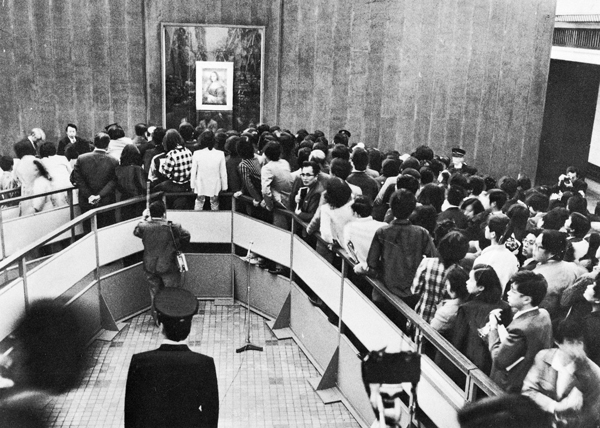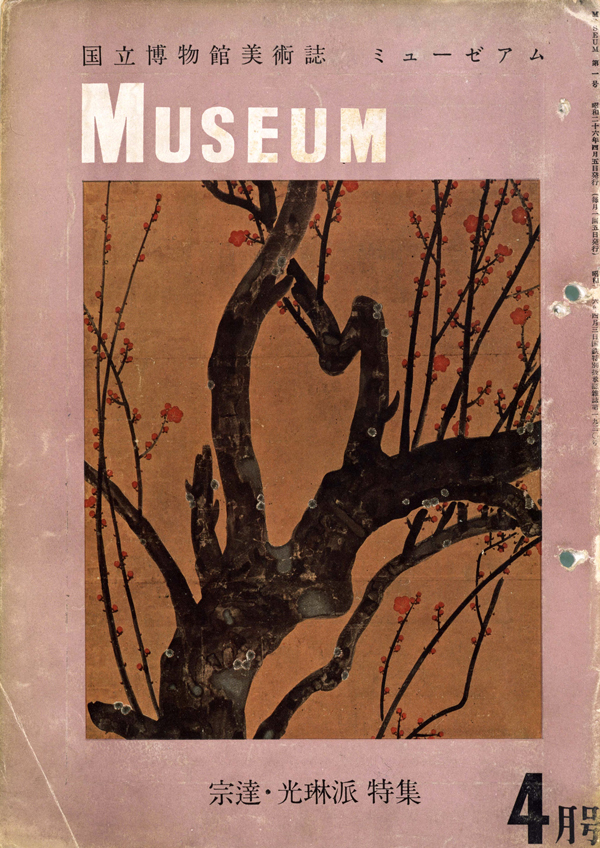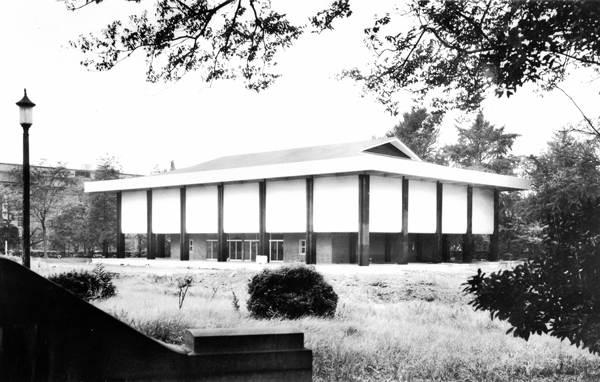11.Tokyo National Museum : The post-war era

Mona Lisa exhibition in April 1974
The Museum emerged from the war unscathed and reopened on March 24, 1946, although the evacuated collections had not all returned yet.
On May 3, 1947 (the new Constitution came into force the previous day), the Imperial Museums were returned to the state, which in turn made them National Museums and were put again under the authority of the Education Ministry. Various structural reforms took place. The Tokyo National Museum was asked to supervise the Nara National Museum as a branch and The Art Research Institute as an affiliate. It was also appointed by the ministry to work on the investigation and protection of National Treasures, and to carry out research on art and historical materials, preserve them, and exhibit them. Absorbing so many tasks, the National Museum became a large and comprehensive organization. When the Committee for the Protection of Cultural Assets was set up in 1950, the National Museum became its affiliate. This reduced the Museum's duties and allowed it to concentrate on its principle work. In March 1952, the Museum became the Tokyo National Museum and celebrated its 80th anniversary in October. When the committee and the Education Ministry's cultural bureau were combined into the Agency for Cultural Affairs in 1968, the Museum was placed under the new agency.
Around that time, the Museum expanded its activities, holding large-scale special exhibitions of antiquities and frequently organizing overseas art exhibitions in cooperation with newspaper publishers. A new department was installed as well, to organize lectures, make movies, publish news bulletins, and issue collection catalogs.
The facilities were improved in the 1960s, and in 1964, a new gallery with a repository opened as the Gallery of Horyuji Treasures. The Toyokan (Asian Gallery) opened in 1968 to display a large variety of artworks from Asia. In 1984, the Shiryokan building was built as a library and photo archive for the convenience of art history researchers. Through purchase, donation and transfer, the Museum has increased its collection which now contains well over 100,000 items as of March 2007.
To serve visitors' needs, the Museum Shop was opened in 1990. In July 1999, the Gallery of Horyuji Treasures was rebuilt. In October the same year, the Heiseikan was opened to commemorate His Majesty the Emperor’s wedding.
In April 2001, the Tokyo, Kyoto and Nara National Museums merged into the Independent Administrative Institution of National Museums. Based on research and study, the new organization intensified its efforts on collection, conservation and exhibition, and has strived to increase its appeal through education and other programs.
From April 2007, the Institution merged with another Independent Administrative Institution, the National Research Institute for Cultural Properties. Now the new organization, the National Institutes for Cultural Heritage, continues the endeavor.

The first issue of MUSEUM on April 1, 1951

Gallery of Horyuji Treasures (before the 1999 rebuilding)
2.The World's Fair in Vienna : The origin of the Japanese modern museum
3.Shojakukan and Asakusa Bunko : Foundation of the museum library
4.The Jinshin Survey : Research of cultural properties
5.Yamashitamon-nai Museum : The Museum under the Home Ministry
6.The National Industrial Exhibition : The Museum and the encouragement of industries
7.Ueno Museum : The original Honkan
8.Royal Gallery : The opening of the Hyokeikan
9.The Great Kanto Earthquake and the Museum : From Taisho to Showa era
10.Construction of the new Honkan : The Museum during World War II
